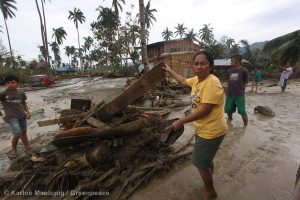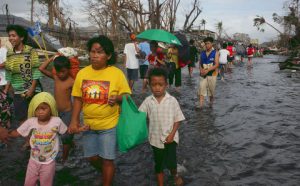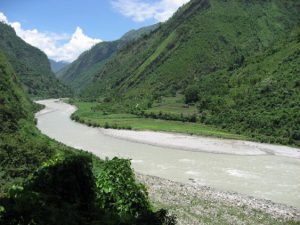The climate talks in Warsaw last year set two tasks for the next round of negotiations in the city of Lima, Peru, at the end of 2014: reaching agreement on the elements of a post-2020 climate agreement; and determining the technical and legislative information required for what is known as the Intended Nationally Determined Contribution (INDC), the pledges each country will make towards fighting climate change.
Exactly what INDCs will include is still debated, with some countries proposing mitigation strategies, and others (mainly developing countries) arguing that they should involve information on climate adaptation and financing.
The future direction is very likely to be one of simultaneous progress on both short- and long-term goals. Nations will need to put forward short term INDC goals, for 2025 and 2030, and in particular emission cuts. Long term goals will be a new round of discussions on carbon neutrality, and 100% use of renewable energy and elimination of coal. All the various players – nations, think-tanks, the UN bodies, international groups, NGOs – will, from their own various stances, push towards these goals. Preparation and strategies for these moves will be needed for future negotiations.
Against this background, the world and the key powers will again enter a period of intense diplomatic and political activity during the latter half of 2014. Though the US will be one of the main players, the role of the European Union should not be ignored.
July will see a new round of the China-US Strategic and Economic Dialogue. According to the US these talks will, besides promoting cooperation in several fields by the China-US Climate Change Working Group, tackle issues which are more politically sensitive and directly relevant to climate negotiations, such as HFCs, a set of potent greenhouse gases, and INDCs.
This will be followed by the UN climate summit in September, the Durban Platform ADP talks in Bonn in October, and the Lima conference at the year’s end. It is hoped national leaders will bolster global political commitments, spur targets on climate finance and mitigation and international cooperative initiatives, close the gaps on pre-2020 financing and mitigation, and lay a foundation for post-2020 negotiations. The Bonn meeting in October will start discussions on a negotiating text, while the Lima conference will complete the two goals set in Warsaw for the Durban Platform, providing a route to next year’s talks.
Alongside traditional core topics, talks on urban low-carbon resilient development, energy efficiency and renewable energy, and financial issues (including transforming investment in energy and investment and financing for innovation) are being prepared and may provide new bright spots. For example, the US’s recent frequent statements on subnational emissions cuts seem to indicate there may be progress.
China and Europe ties
But focusing on cooperation with the US alone is neither wise nor adequate. China’s climate diplomacy should build a closer partnership with the EU.
The EU’s first and second stage Kyoto contributions helped form and develop overall climate mechanisms, and this gives it a basis for continued influence. Add in the inertia of international mechanisms and it all points to continued influence for the EU and its negotiations strategy.
The diplomatic strength of the EU, particularly in climate diplomacy, should also not be underestimated. This was in evidence in the Durban climate talks, in the coalitions among the negotiation groups, in its sustained direction of public opinion, and in interactions with players such as NGOs and the media. And as a provider of climate financing and an important participant in multilateral bodies, the EU has resilient relationships with many developing nations.
The low-carbon successes and technology of the EU makes it a natural future ally for China in the fields of energy, low-carbon, and new modes of growth – long term strategic transformations going beyond 2015 or even 2020. Over the last two decades, the EU has made huge progress in linking economic growth with carbon cuts and developing low-carbon technology, giving it a strong advantage.
Climate talks are becoming more complex and the pressure on China is increasing. We need to maintain balance across the key powers and create the strategic space we need. The power and role of the EU will be key to that balance.





